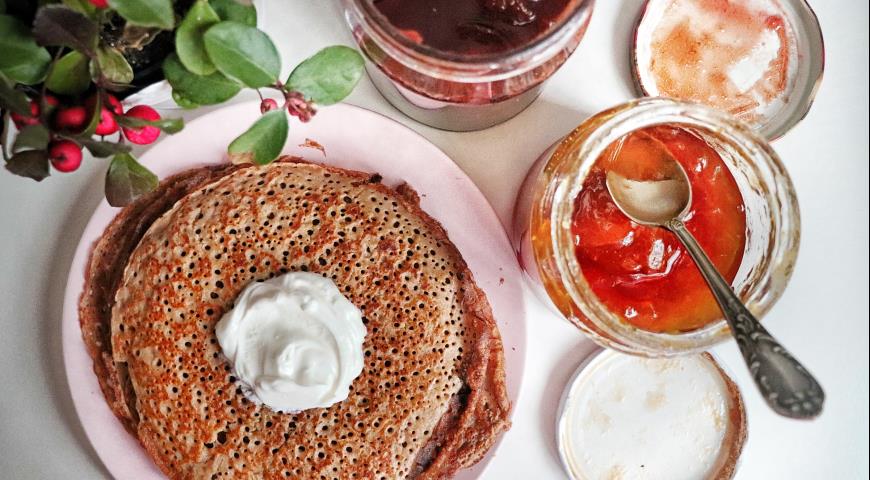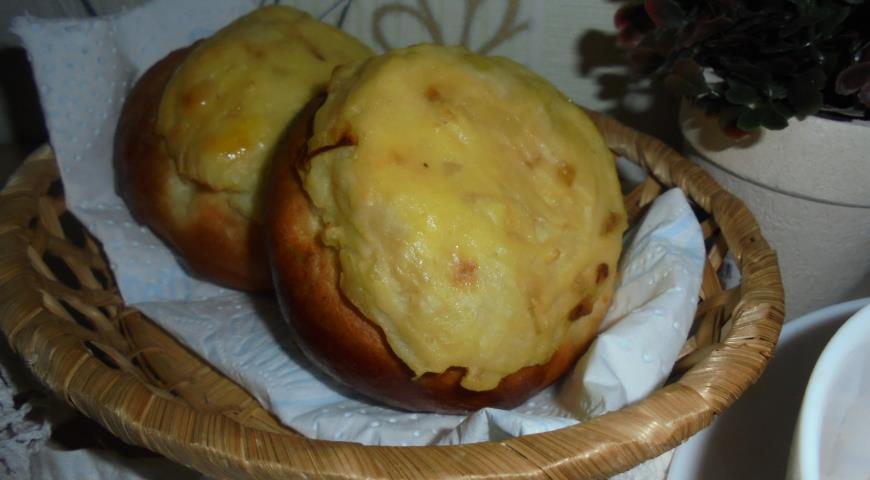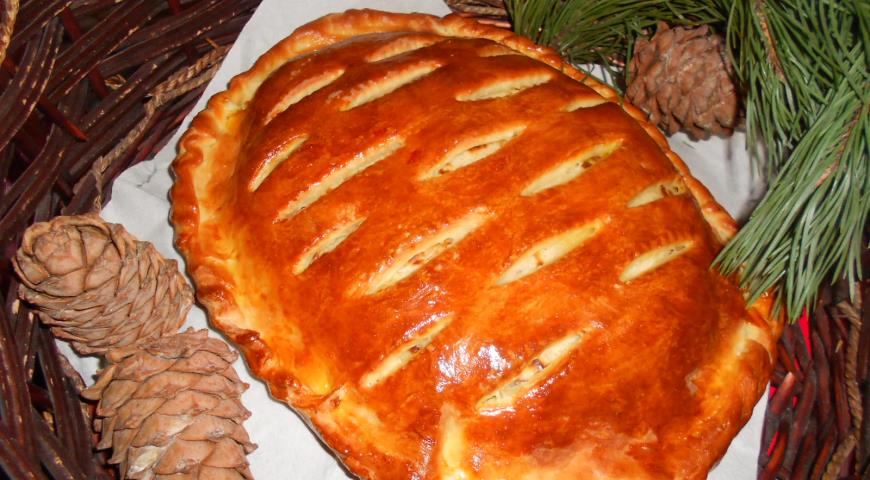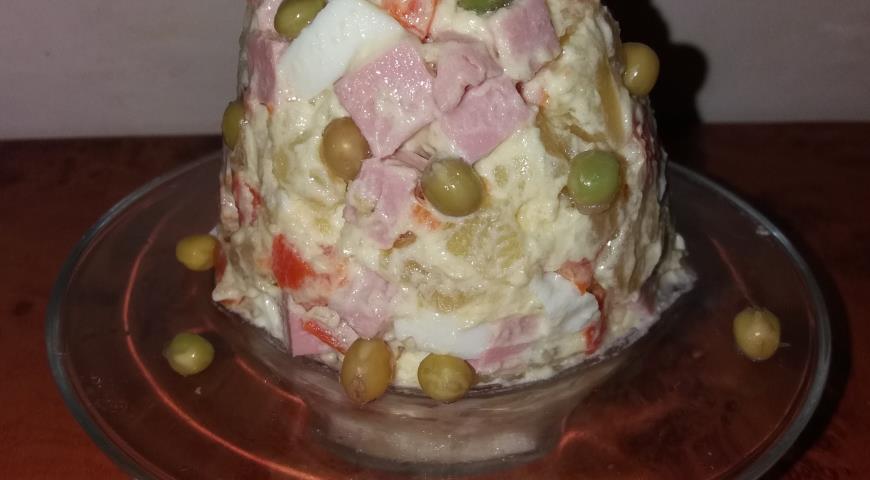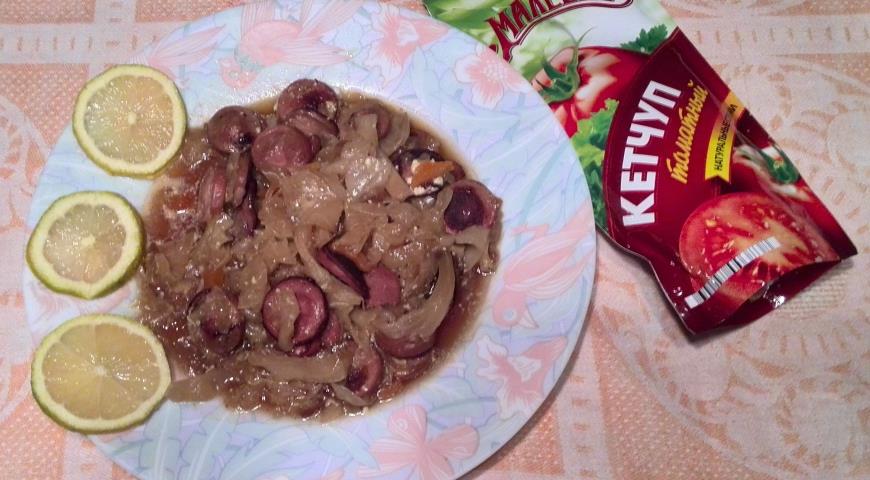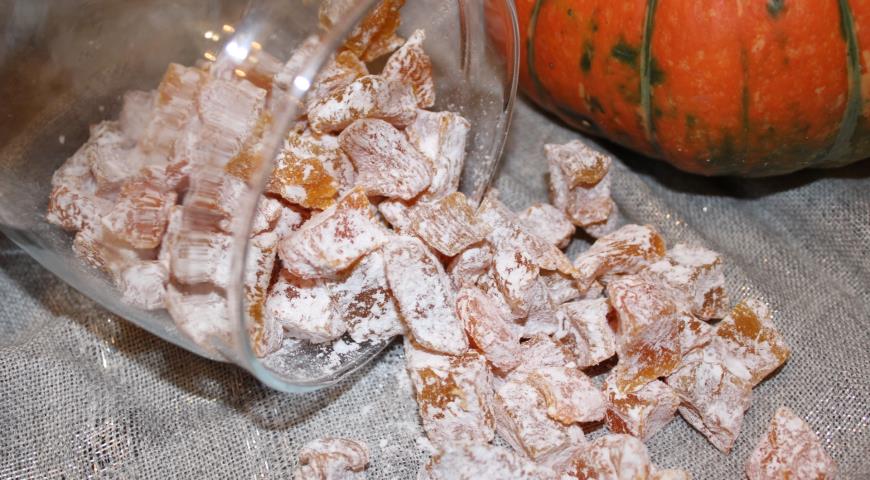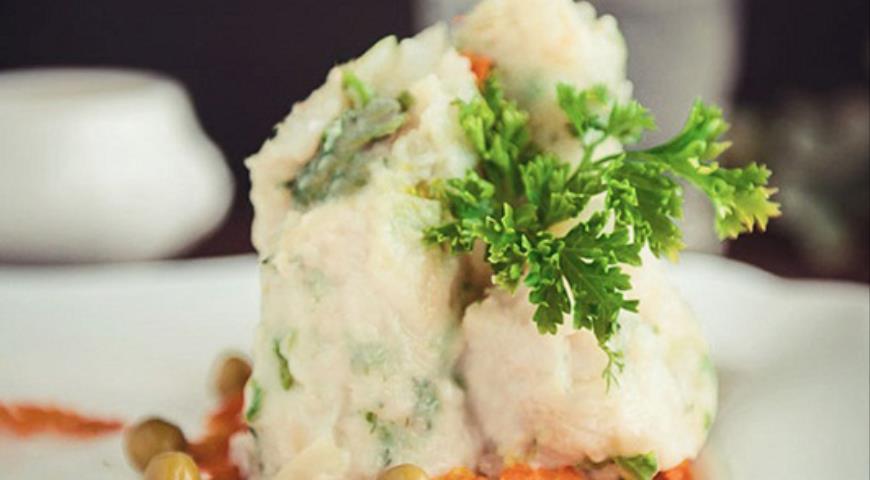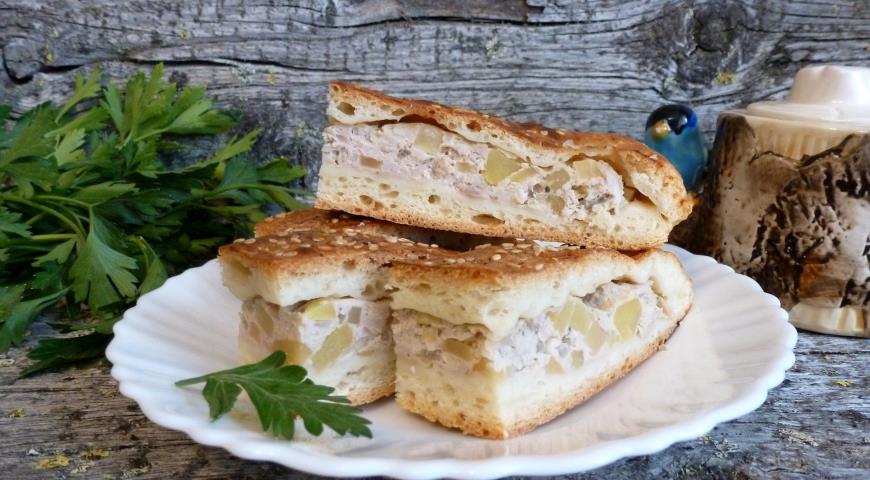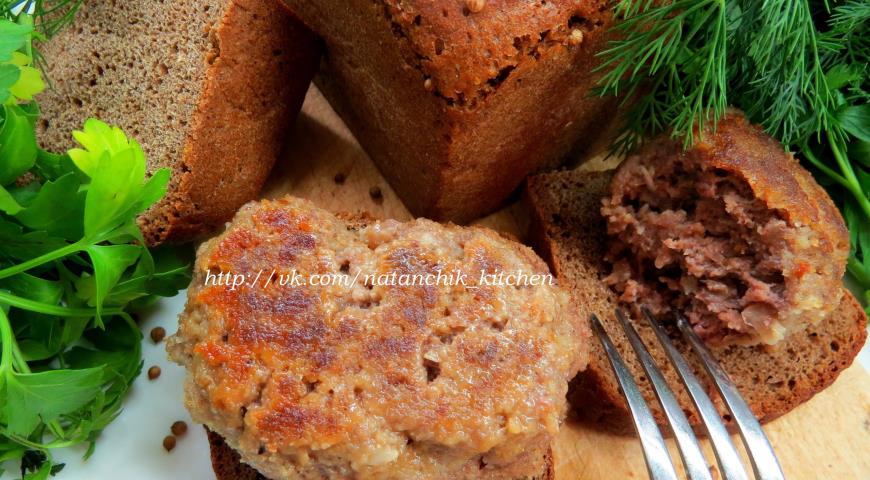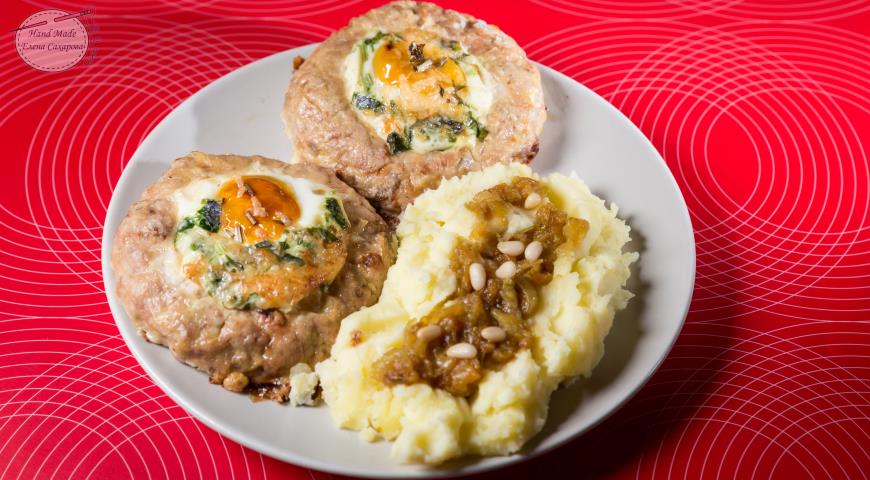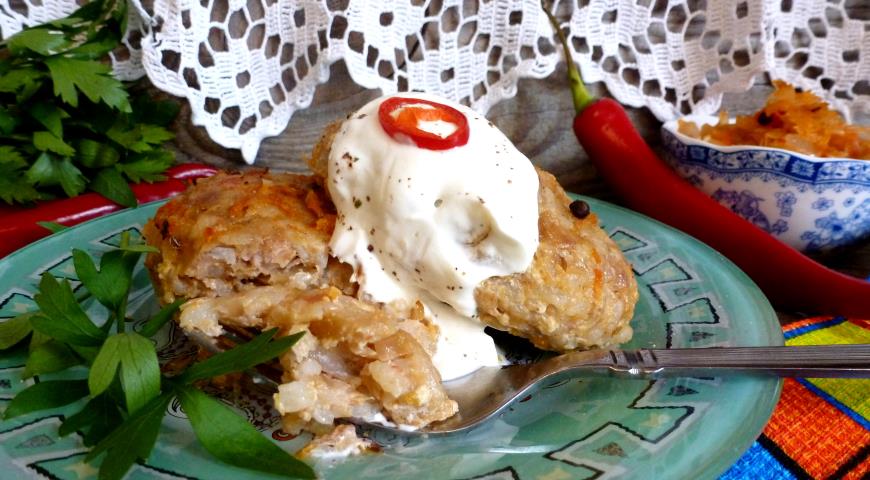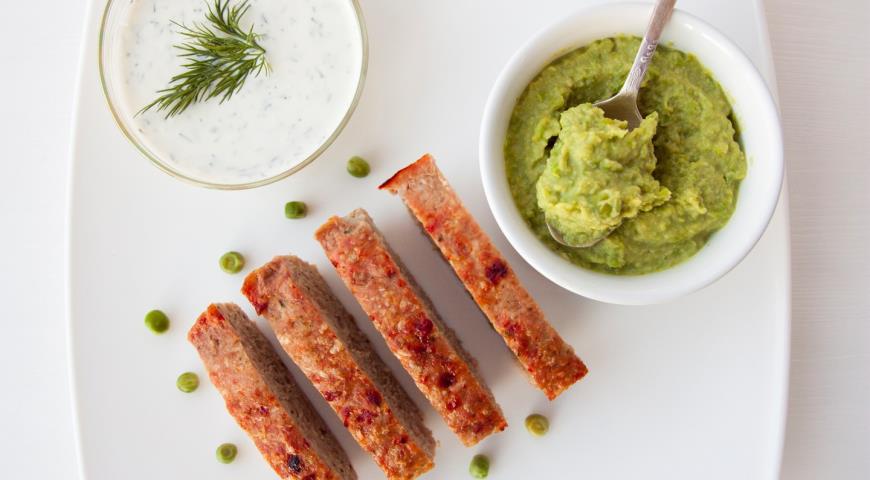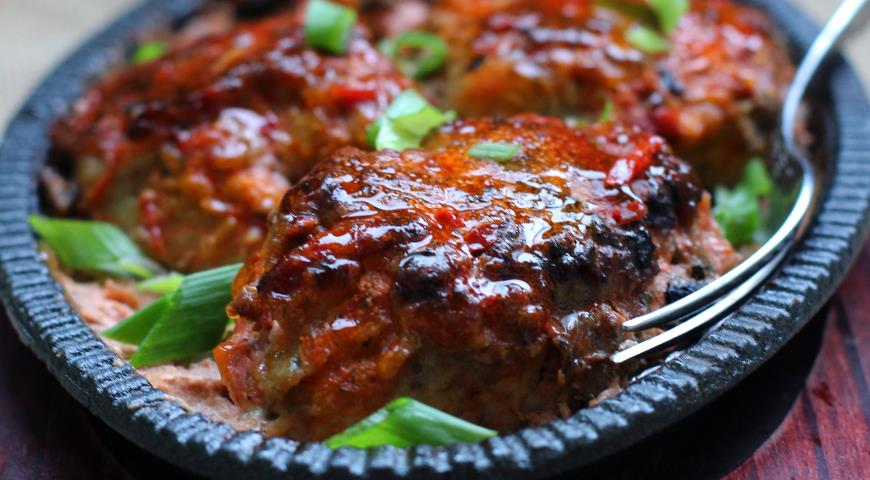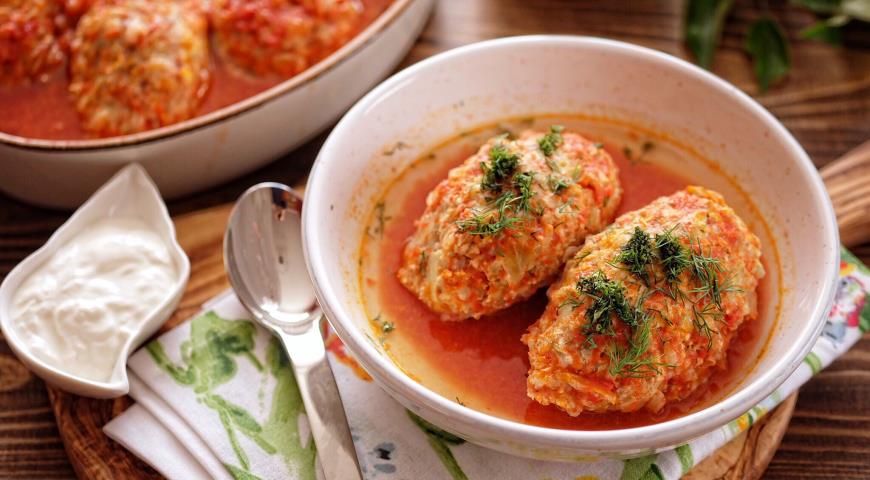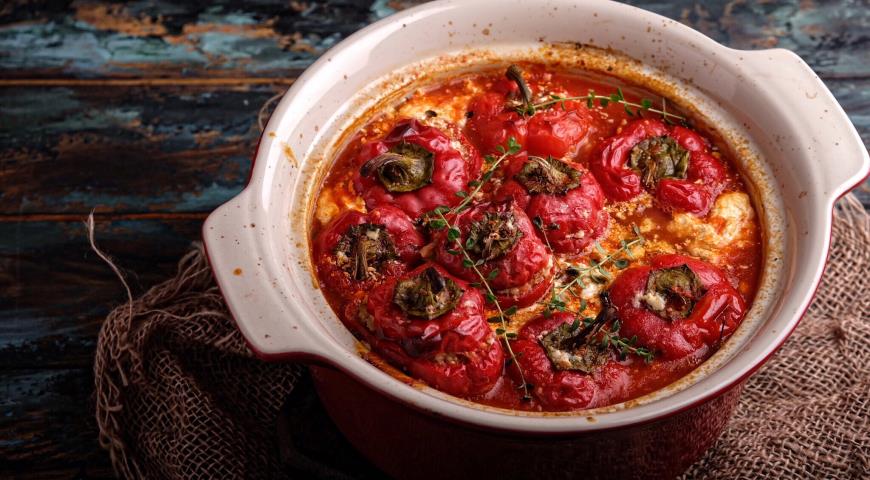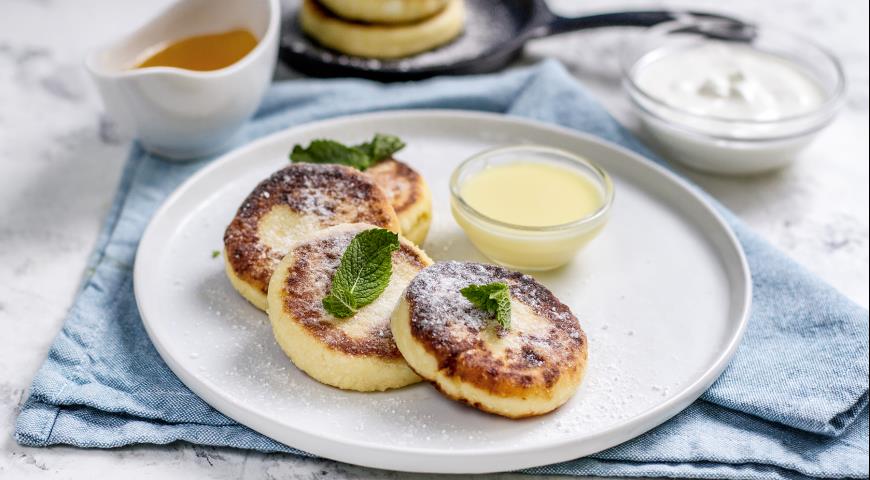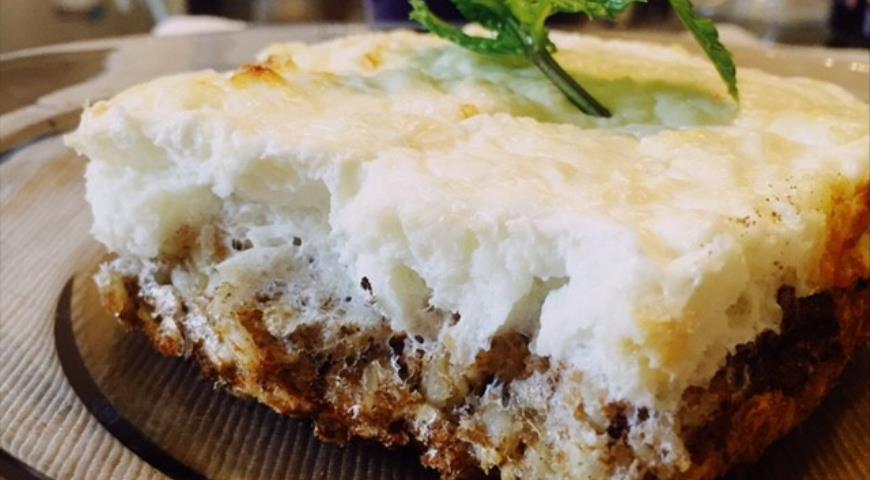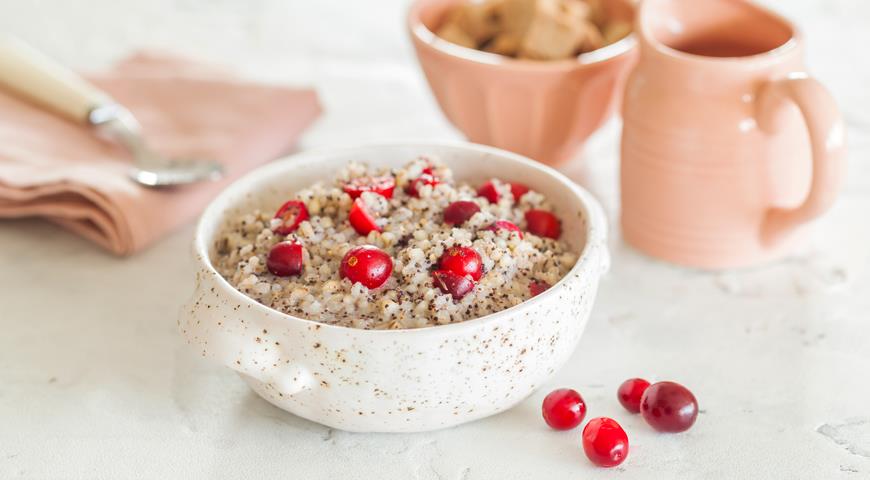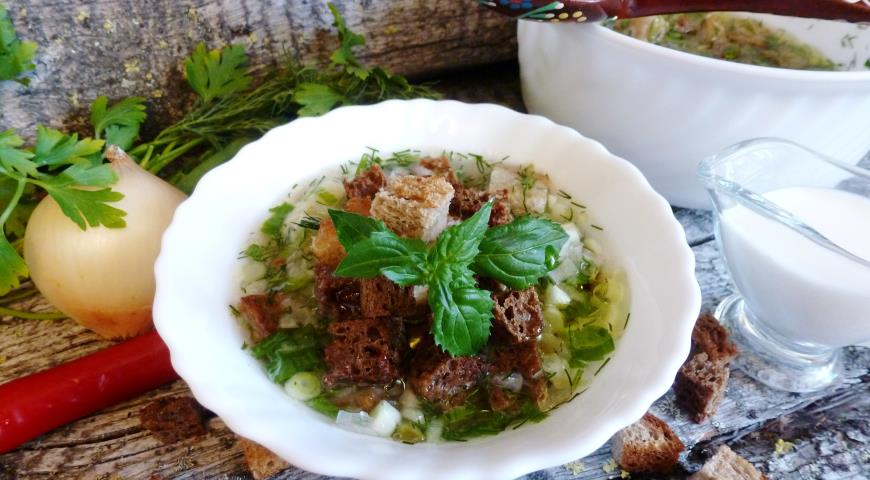Russian cuisine
Russian cuisine is very versatile and varied. It has evolved over many centuries, enriched by borrowing from the culinary traditions of other peoples. It is interesting that dishes and recipes vary greatly depending on the specific region: for example, the cuisine of the Russian North is very different from the cuisine of the Volga region, and the Siberian cuisine is very different from the Moscow one.
Traditionally in Russia food was cooked in an oven, where a special temperature regime was maintained. Therefore, in Russian cuisine, such methods of processing products as baking, stewing, languishing, steaming, stretching (that is, frying in a pan in a large amount of oil) are common.
Grain (cereals, buckwheat) and vegetables - from the already legendary turnips and rutabagas to radishes, beets and cabbage - were traditionally the basis of the nutrition of the Russian people. In the 18th century in Russia (as you know, not without popular unrest), potatoes were introduced everywhere, which soon replaced all other vegetables from the Russian "culinary Olympus".
One of the features of traditional Russian cuisine is that in the old days vegetables were practically not cut or cut very large, they were baked and stewed whole and almost never mixed with each other.
Perhaps, no other cuisine in the world has such a variety of soups: cabbage soup, pickle, kalya, fish soup, botvinya, okroshka, borscht, beetroot, cold soup, kulesh, hodgepodge ... Although, note, the words "soup" before the 18th century in Russian did not exist at all: soups were called "brew", "bread", "soup" and so on.
Traditionally, Russian cuisine used not only meat of domestic animals and birds (beef, pork, lamb, chicken), but also a variety of game - meat, venison, elk meat, quail, partridge, capercaillie, black grouse. Among the Russian meat dishes - boiled pork, jellied meat (jelly), corned beef, stuffed pig.
In Russian cuisine, the tradition of fish dishes is very strong, and, with the exception of the "Pomor" lands, only river fish was consumed. One of the most popular ways of cooking fish was rybnik - baking whole fish in dough.
The Russian culinary tradition cannot be imagined without a variety of pastries. These are gingerbread cookies, wickets, shangi, koloba, Easter cakes, pies, kulebyaka, chicken pies, juices, crumpets, cheesecakes, pretzels, koloboks, bagels, drying, rolls, pies and pies with various fillings (from fish, meat, apples, mushrooms, pears , greens to blackberries, cloudberries, redberries and pozdniki) - you can list it endlessly. Other flour dishes include dumplings, pancakes and fritters.
Russian cuisine cannot be imagined without dairy dishes - cottage cheese (until the 18th century it was called cheese), yogurt, sour cream, varenets, cheesecakes (curds) and cottage cheese casseroles.
There is also a great choice of traditional drinks in Russia - fruit drink, jelly, kvass, brine, sour cabbage soup (not to be confused with the soup of the same name!), Forest tea (this is what is now called herbal tea), nutritious honey, beer, sbiten - and, of course , vodka and various tinctures on it.
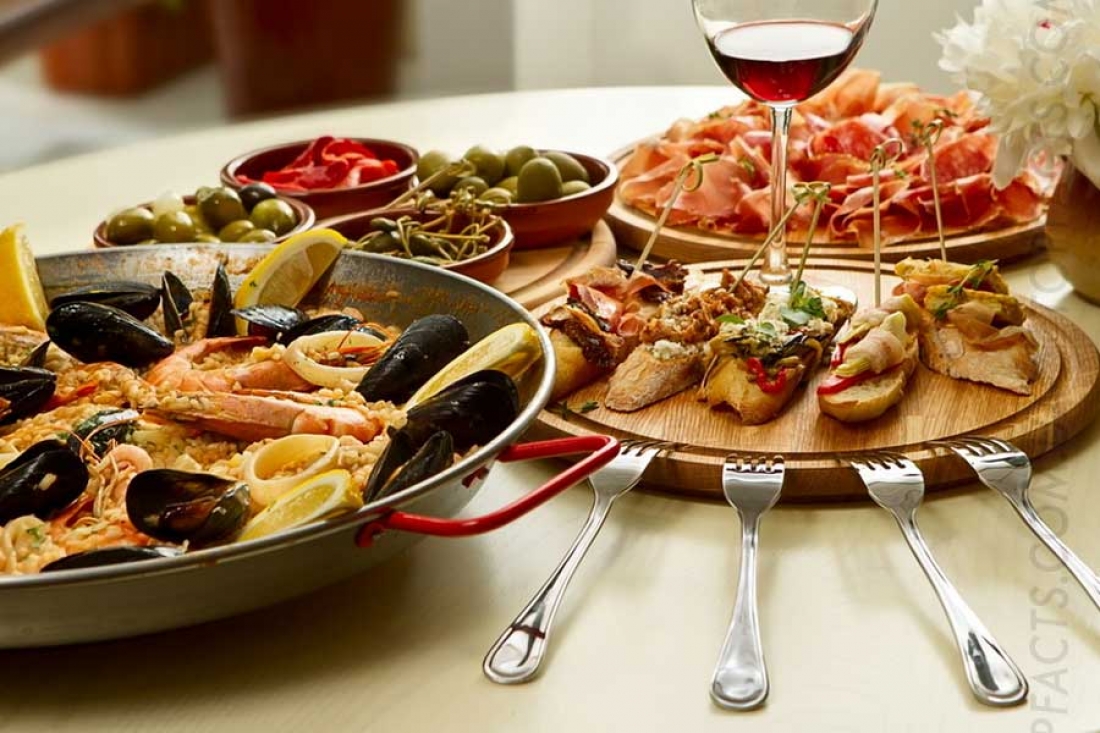 Spanish cuisine
Spanish cuisine
Spanish cuisine...
 Chinese cuisine
Chinese cuisine
We are accustomed to the concept of "Chinese cuisine", but its palette includes many different shade...
 French cuisine
French cuisine
Refined and simple, luxurious and economical, complex and logical, French cuisine has undoubtedly in...



